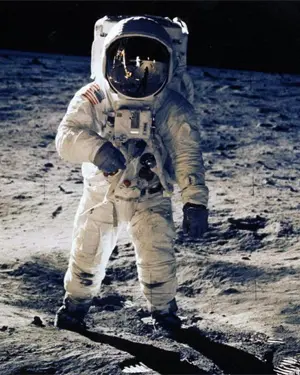
Humans don’t worry about the oxygen content in the atmosphere; that’s the job of their green friends—plants. But what will provide oxygen in a spacecraft when it breaks away from its home planet and speeds through the vast emptiness of space toward distant, unknown worlds?
We could use chemical compounds. We could also use plants. But which ones? You can’t exactly take a birch or a poplar tree aboard a spaceship. And what good would they do anyway? To sustain the breathing of 15 people, you’d need a hectare of forest. If there are only three people on board, a grove would be required.
Yet, there are suitable plants on Earth! One of them is chlorella, a microscopic algae.
In just one cubic centimeter of water—about the size of a thimble—there can be up to 1 billion chlorella cells. These tiny organisms will produce oxygen, absorb carbon dioxide, and even serve as plant-based food for astronauts during their journey.
Initial experiments have been conducted. On the second spacecraft, which made history by returning living passengers—Belka and Strelka—back to Earth, test tubes containing chlorella were sent into space to determine how this potential companion for interplanetary travelers would withstand cosmic radiation and whether it could thrive in an extraterrestrial environment.
